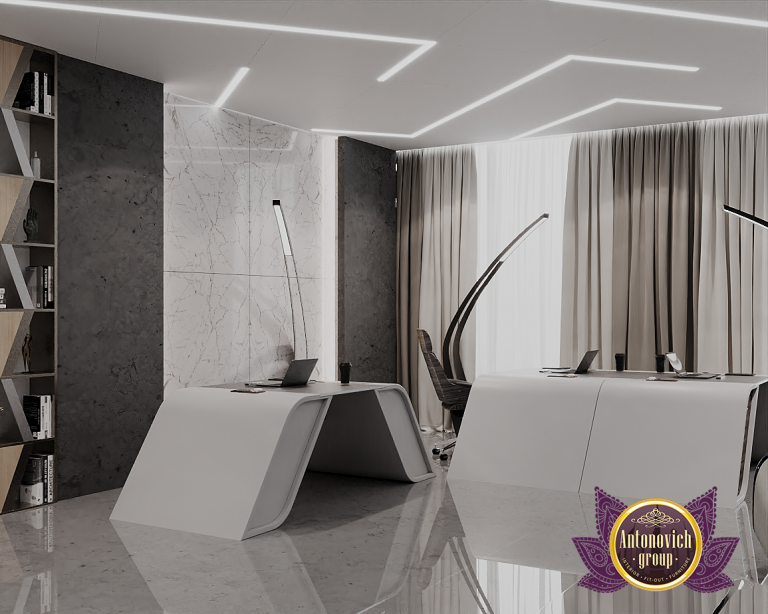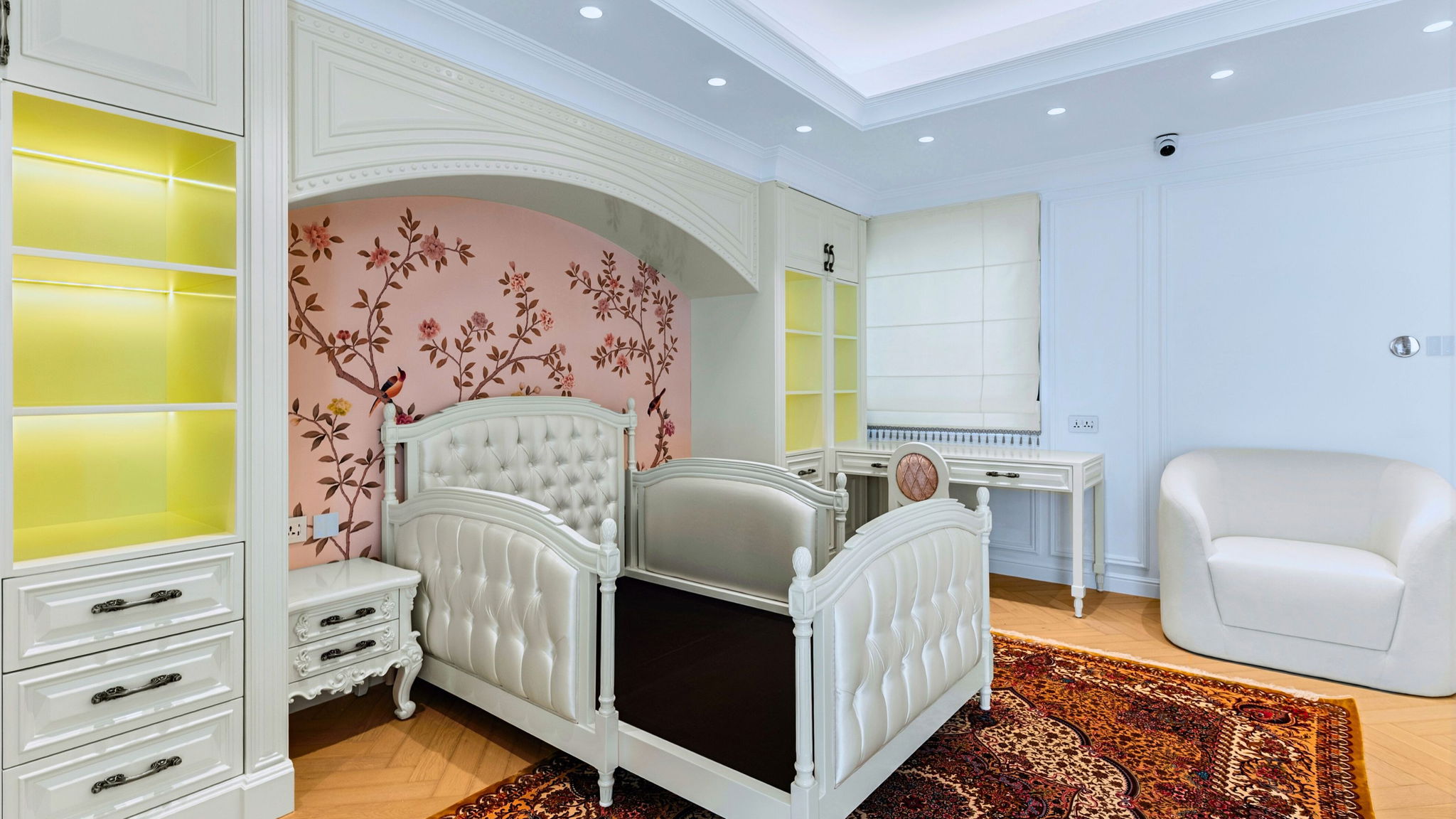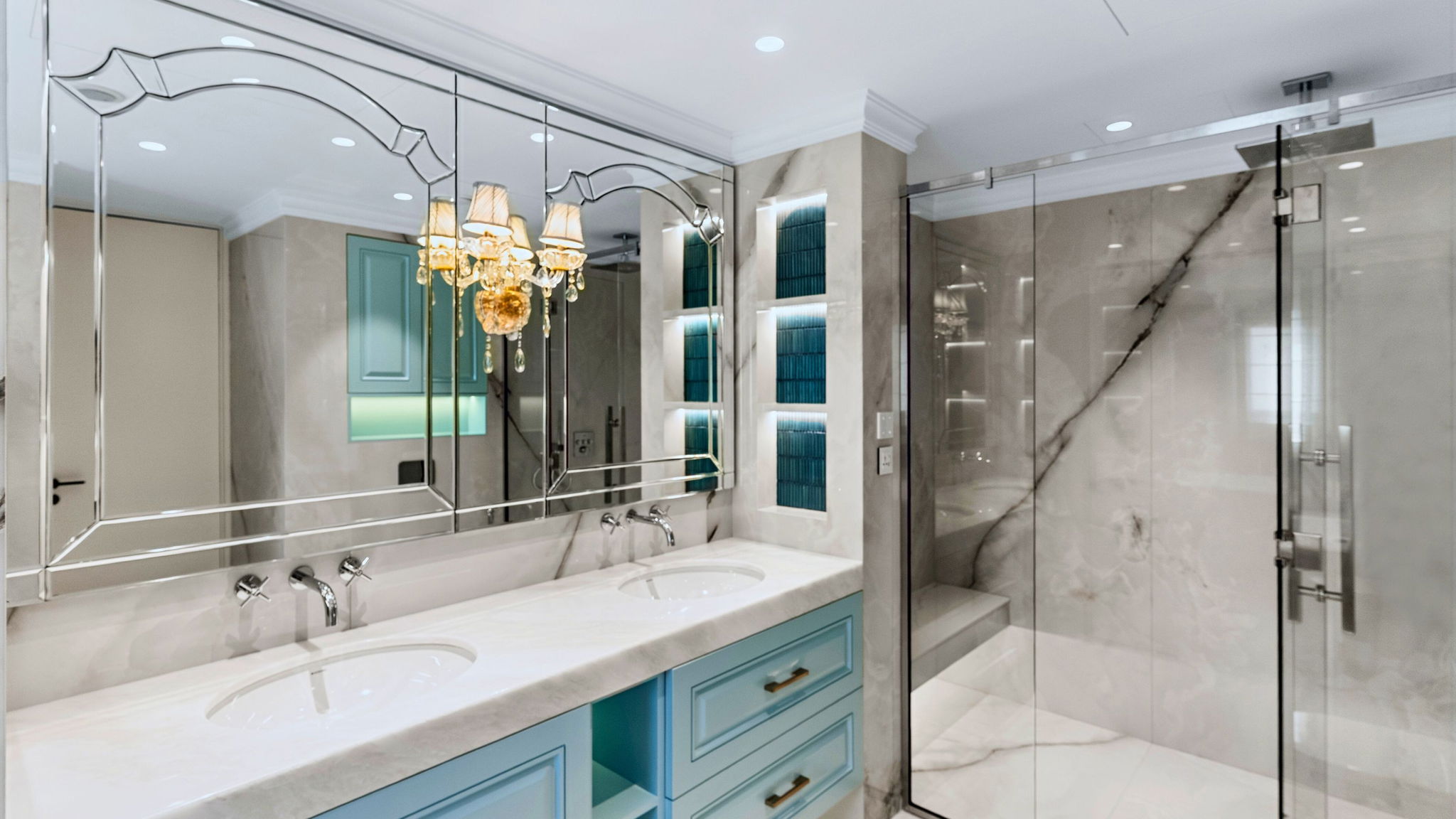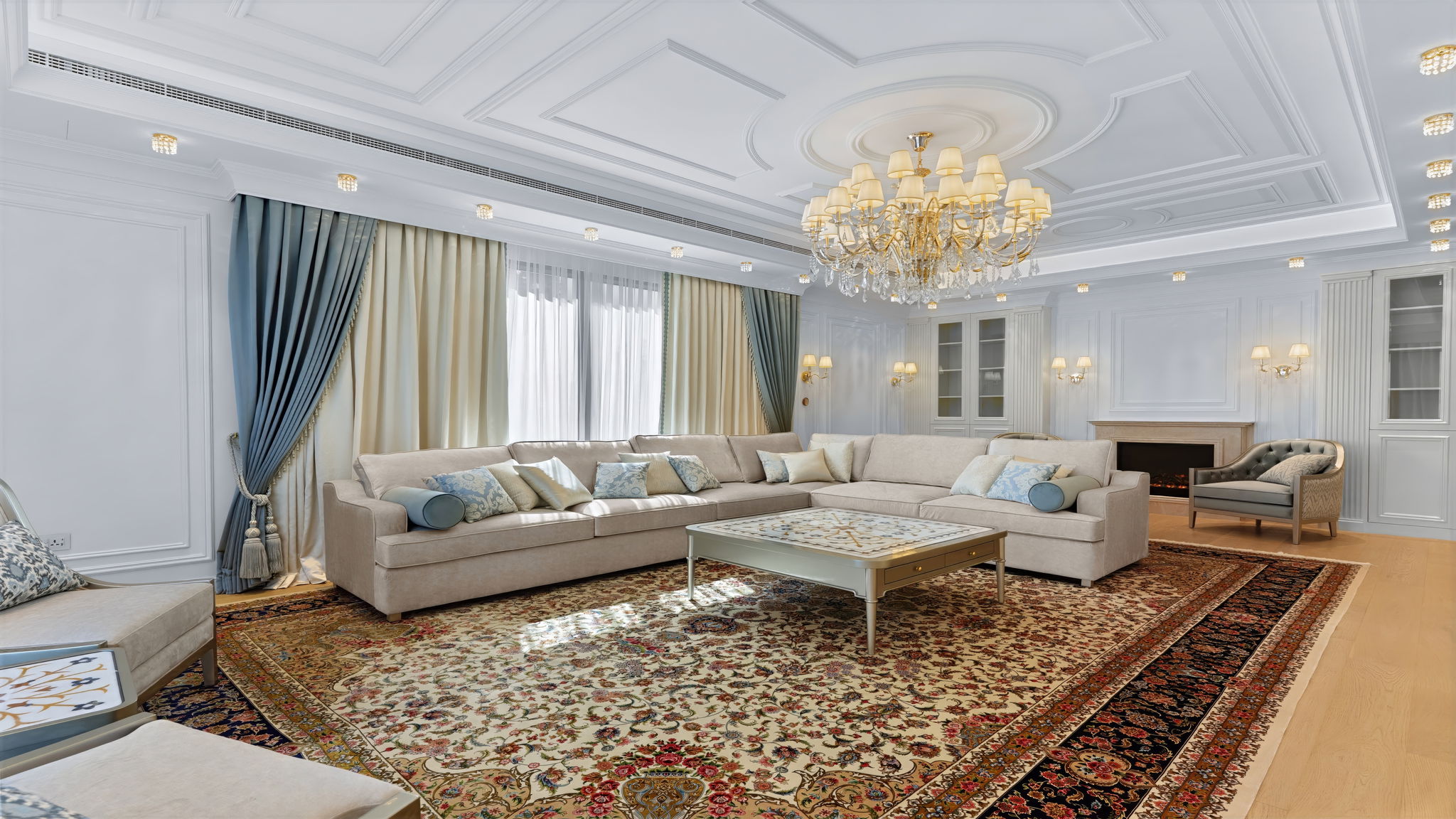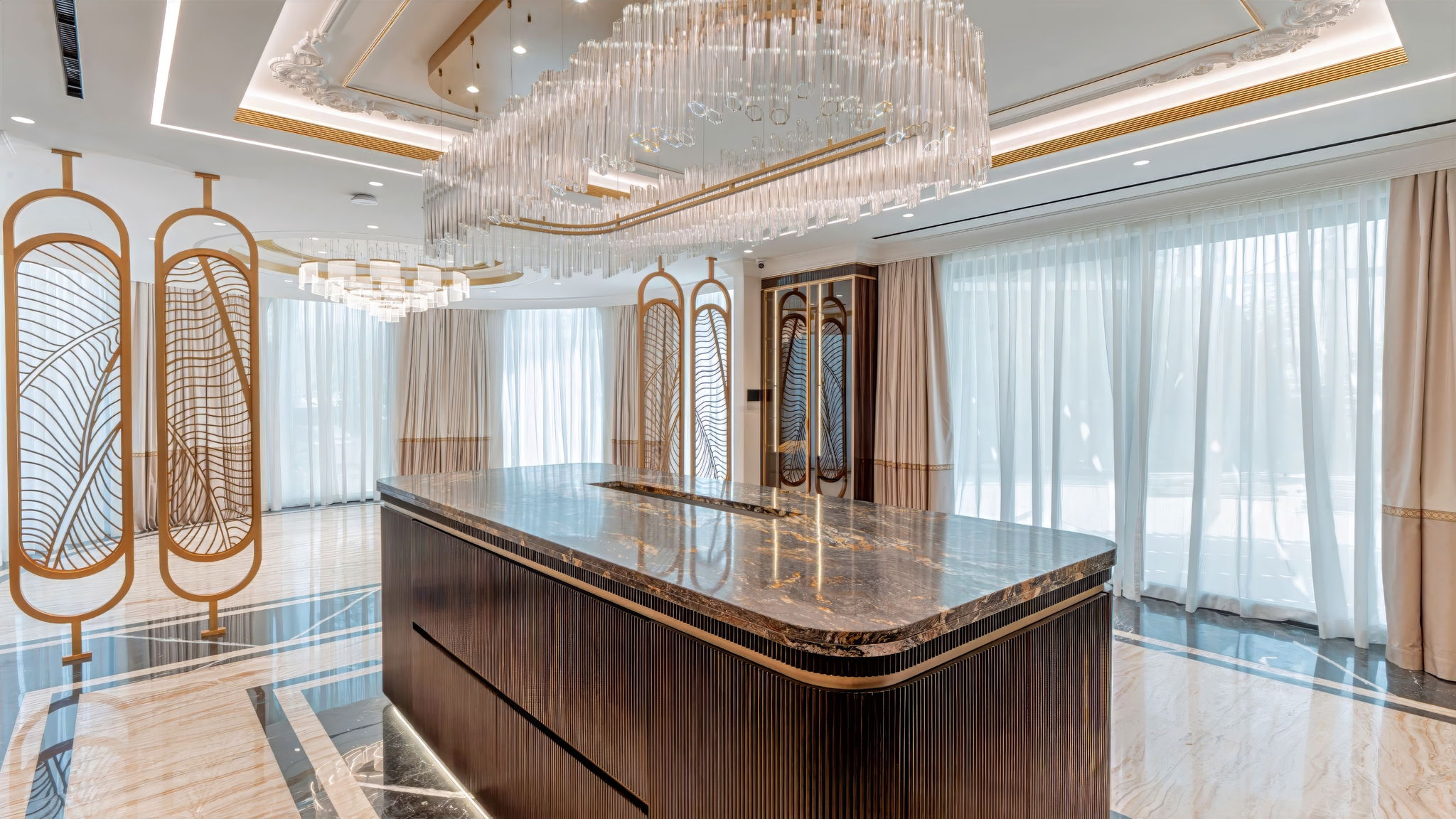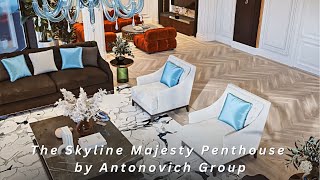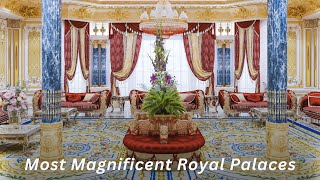OFFICE DESIGN DO'S AND DON'TS
You may work best when you have a place to yourself, away from the chaos of family life. If you clearly designate an office area inside your home and close the door at 5 o'clock, achieving a good work/life balance is also a lot simpler. Locate a quiet place where you can concentrate best. Even if it's not a whole room, it must be comfortable enough for you to work in. Consider your true needs, and go forward from there. Because the whole point of creating an office is to create a setting that is suitable for actually working, practicality and usefulness are of the biggest importance. Look for a desk with many drawers or a tall shelving unit to maximize the available vertical space if you need a lot of storage. Chalkboards and desk organizers can help you stay organized. Once you are aware of what you need, you may begin shopping for what you want. Consider classic furniture such as ZANABONI Classic 2 for elegant storage solutions.
If you don't have a spare room, don't be concerned. Try partitioning off a piece of a larger room to use as your home office space. Use curtains, a screen, or a room divider to partition the space. If you're handy, you might use hinges to connect three panels to make your own divider, which you could then style with stylish wallpaper. For layout inspiration in compact homes, explore family house design. It's undoubtedly a good thing to have a few carefully picked pieces that truly inspire you, even though having too many might make your modern office interior look messy. Small decorative choices, even those used in Elegancy Bathroom Design, can bring a refined touch without clutter. Making it a productive space may be accomplished with the help of a mood board, carefully selected print and pattern to enliven your home office interior design or postcards from destinations you like. But be careful not to lose your mind because too much chaos will just obstruct your thinking. Consider turning your garden shed or outside space into a workspace. Outdoor workplaces are quite productive since there are fewer interruptions and a sense of separation from family life. Being closer to nature may also inspire you to work harder. Make use of nature's rejuvenating abilities. Studies suggest that living near nature may improve the happiness and health of our employees. Images of the countryside help lessen tension, fury, and fatigue while boosting mood, energy, and cognitive function. On your workstation, think about putting a bonsai tree or an indoor herb garden. You may also select wall art that showcases natural landscapes. Examples of integrating outdoor workspaces can be seen in Luxury Homes in Dubai.
Strong blues promote mental clarity, but mellower blues help to calm the mind and increase concentration. When used excessively, brighter hues like yellow and orange can generate unease while simultaneously stimulating creativity and excitement. The ideal middle ground is a soft green. In color psychology, green acts as a transitional hue, spanning the gap between energetic warm colors and restful cool colors. It also has something to do with harmony and balance. While darker hues may be in style, they are much less stimulating, can make you feel more worn out, and can lower your motivation for work. Keep your space light and open, but consider painting one wall a standout hue to spark your creativity. Maintain visual flow into other rooms like the modern kitchen interiors. A room needs sufficient illumination so that you may feel awake and ready for the day. Lighting may have a significant influence on creativity since a dark setting might make you feel fatigued and uninspired. For practical lighting strategies, see exclusive interior lighting. Make an effort to ensure that there is enough natural light in your workstation. Place a lot of mirrors all throughout the room to reflect any natural light that is there. If your workstation faces a wall, try moving it so that it faces a window; this will give you a break from staring at the computer screen all day.



